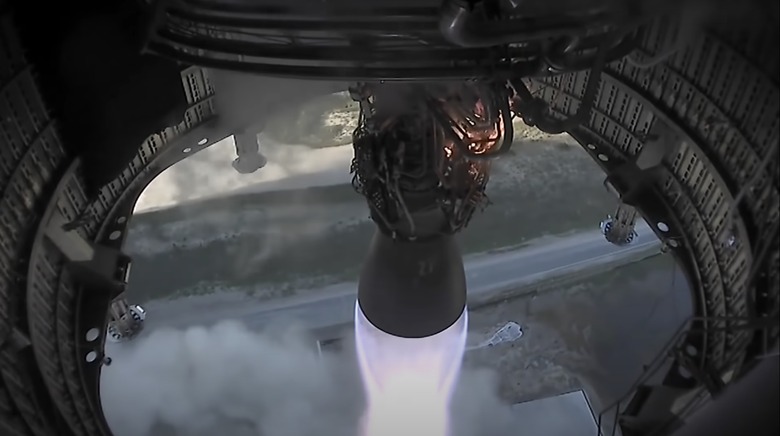Watch SpaceX's Starship Prototype Fly For The First Time
- SpaceX successfully launched its SN5 Starship prototype at its facilities in Texas on Tuesday night.
- The spacecraft traveled roughly 500 meters into the sky before landing a short distance from the launch pad.
- The prototype is just used for testing, but its successful launch and landing is a great sign that the Starship program is hitting important milestones.
SpaceX's Starship prototype SN5 has finally taken to the skies after an engine glitch caused its first launch attempt to be called off at the very last second. The spacecraft's brief "hop" test was carried out at SpaceX's facilities in Texas on Tuesday night, and while it wasn't quite as impressive as a full-scale launch, it was still a very important milestone for SpaceX and the Starship program.
The prototype, looking like a giant tin can, successfully lifted off of its launchpad and traveled roughly 500 feet into the sky before landing a short distance away. The spacecraft was powered by a single Raptor engine.
The event is a huge milestone for Starship, especially in light of some recent failures of previous Starship prototypes. The testing of new hardware always results in setbacks, and SpaceX has seen its fair share of them, but it's nice to see things go as planned.
SpaceX provided a nice view of the hop test, which you can check out below:
As you can see, the test was very, very brief. The Raptor engine fired up as expected and the short trip from the launchpad to the landing area took about a minute to complete. The prototype deployed an array of legs shortly before it touched down, and the landing appeared to be perfect.
The Starship program is SpaceX's big bet on the future of space travel, and the company envisions different versions of Starship being capable of sending humans to the Moon and eventually Mars. Elon Musk says he named the spacecraft Starship because it will eventually travel to other star systems as well, though that is obviously a long, long way off at this point.
SpaceX doesn't really have a solid timeline for when it expects to launch full-scale Starship missions, and that's largely due to the unpredictable nature of developing an entirely new kind of spacecraft.
Meanwhile, SpaceX's Falcon 9 continues to be its workhorse, regularly sending satellites into space and helping the company bolster its own Starlink communications network by deploying dozens of its own tiny satellites per launch. Falcon 9's first stage booster is almost always recovered and used for subsequent launches, but Starship will work a bit differently.
Rather than only recovering parts of the spacecraft as is the case with Falcon 9, SpaceX envisions being able to reuse the entirety of its Starship spacecraft once they're ready for the spotlight.
